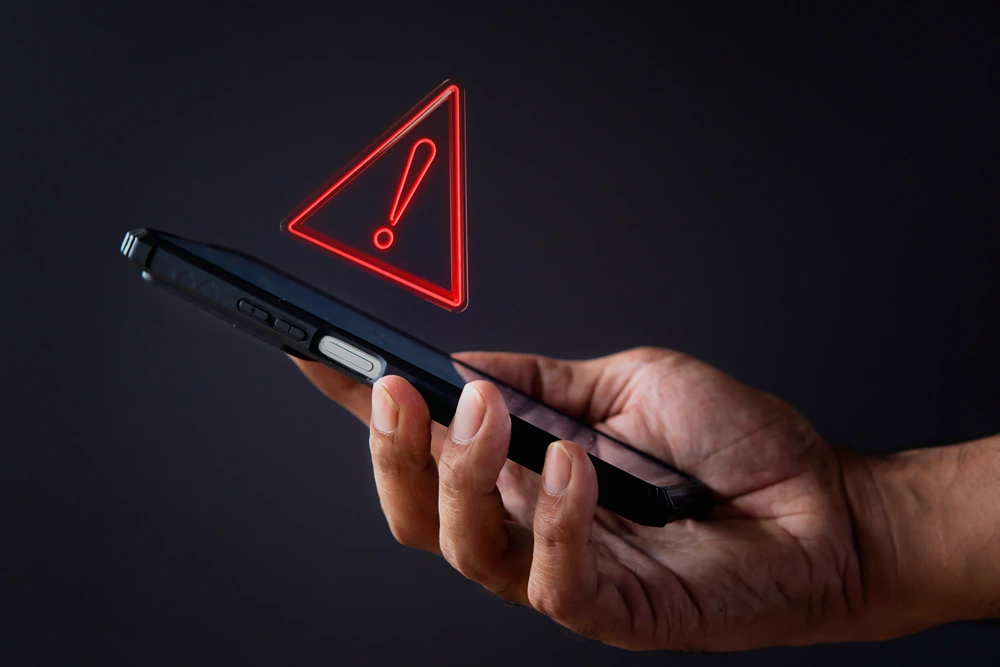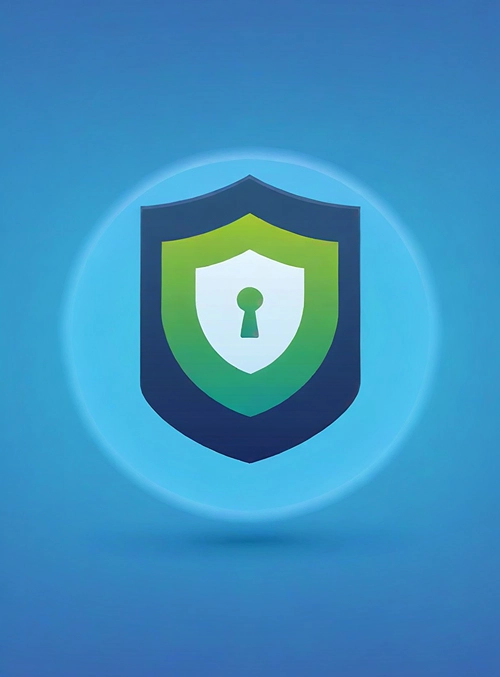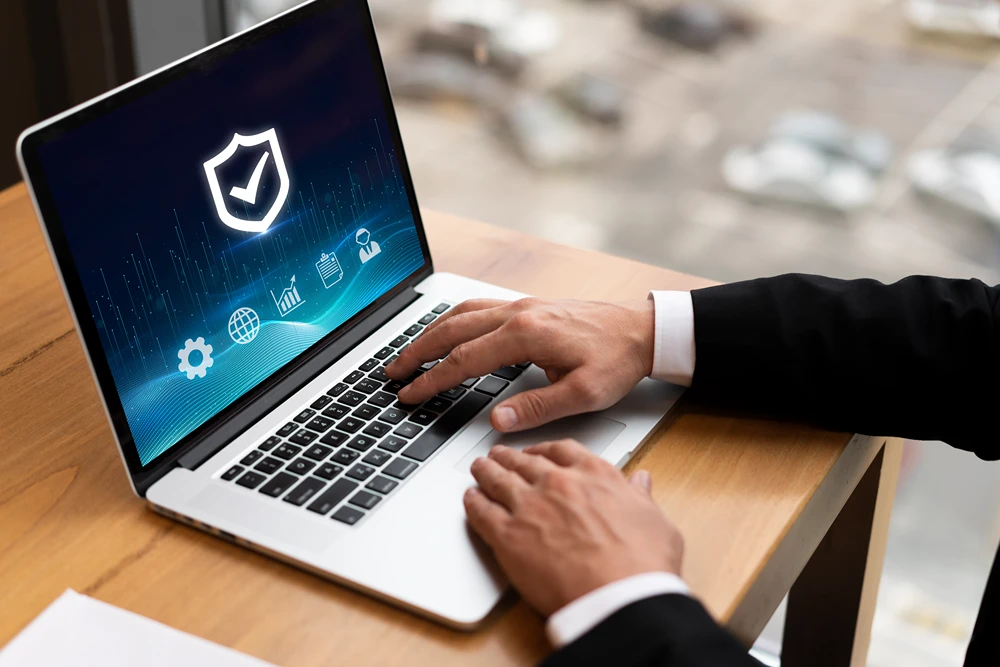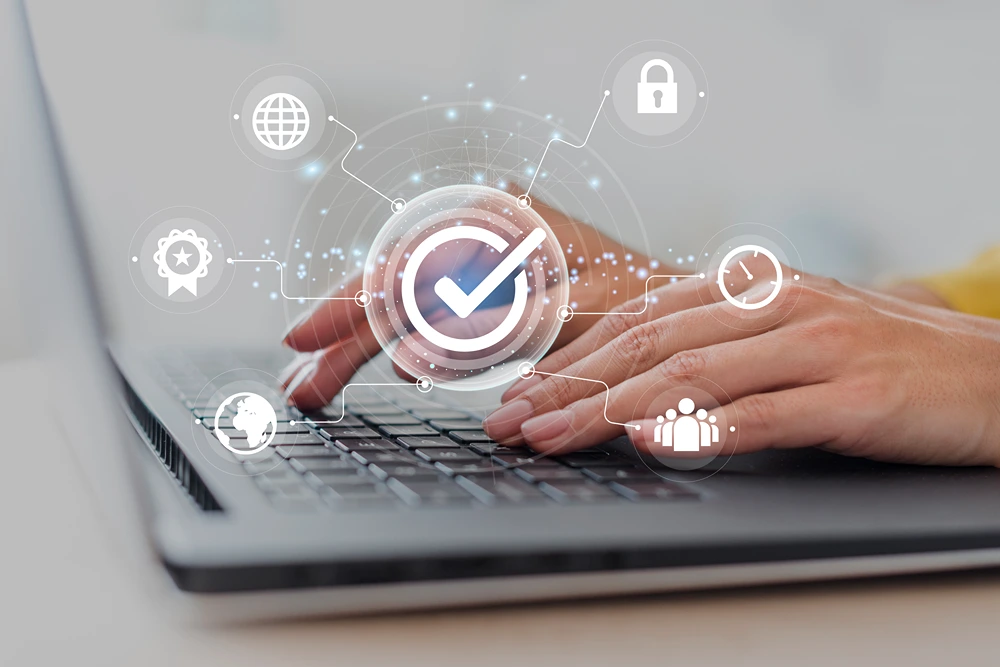What Happens If Someone Hacked My Phone?
Smartphones store all our private accounts and data in one place. This makes them prime targets for hackers. Everything from banking to email and social media connects through your phone. So, if a criminal gains access, all your apps become easy targets for theft.
We’ve done the research and will be breaking down the signs that your phone has been hacked, the potential risks, and how you can protect your device. So, let’s not waste another moment and dive in!
How can someone hack my phone?
Phone hacking typically strikes when a target clicks an infected link or wanders into an unsafe website. Hackers employ social engineering, clever techniques, and exploits to breach security. This nefarious method is effective on both Android and iPhone devices.
Let’s delve into the common tactics hackers use to infiltrate your phone.
Phishing
Phishing is a cunning cyberattack that ensnares victims with deceptive tactics. It tricks you into clicking dangerous links and downloading questionable attachments. Depending on the data they snatch, hackers can infiltrate multiple accounts and devices, even your mobile phone.
Tracking Software
Tracking software keeps an eagle eye on your device’s every move. While web tracking can be harmless, it may morph into spyware. This malicious technology can be wielded by hackers or even family members, threatening your privacy and data.
Wi-Fi and Bluetooth
Bluetooth devices and WiFi can put your phone at risk. Avoid connecting your phone to unknown Bluetooth and WiFi sources. You should also earn how to spot if your Bluetooth is hacked and check the most secure types of Wi-Fi connections.
SIM Swap Attack
A SIM swap attack occurs when criminals trick your mobile provider into giving them a new SIM card. They use personal info they’ve stolen or found on social media. This gives hackers access to your phone number, texts, and calls.
The main aim of a SIM swap attack is to access your bank or accounts through 2FA texts. To protect yourself, set a strong security question with your provider.
USB Cable
Counterfeit USB cables can secretly send data to a hacker’s computer. These fakes often look just like real Apple iPhone cables. Always buy phone accessories from official stores, and don’t use cables or hardware from people you don’t trust.
Trojans

A Trojan appears to be a legitimate app but hides malicious code that can harm your device or steal info. Apple rigorously checks apps on their App Store, but Trojans are more common on Android. Avoid installing untrusted apps and use one of the best antivirus software tools to catch any threats.
Cryptominers
Cryptominers use your device’s power to create cryptocurrency. When done without permission, it’s called cryptojacking. Even legitimate cryptomining apps can overheat your phone or compromise its security in other ways.
Finding out that your phone has been hacked is scary. Your first priority is to identify the breach and secure your device. After that, you need to learn how to remove a hacker from your phone. To regain control and protect your sensitive data, it is important that you follow the right strategies.
10 signs your phone is hacked
Cybercriminals are constantly improving their skills. They make detection a tough challenge. With a quick move, they can disable your phone from afar. Stolen data often vanishes into the dark web, leading to identity theft. Luckily, some warning signs can help you find out if your phone is compromised:
1. Pop-ups
If you see many pop-up ads, your phone may have adware. If this continues even with ad-blocking on, it could indicate a hack. Avoid these pop-ups and never click on them, as it could worsen the issue.
2. Unrecognized texts or calls
A hacked phone can send messages to all contacts. If a hacker has compromised a friend’s phone, yours might be next. Check your call logs for strange activity. If you see an unknown number, block it and report it as spam.
3. High data usage
If your data use has increased but your online habits haven’t changed, it may be a sign of hacking. Malicious apps running in the background can lead to high data use. Review your apps and remove anything suspicious.
4. High battery drain

Is your phone begging for a charge more often? If your battery seems to vanish faster than a magician’s trick, it could be those unwanted apps at play. They might be siphoning off your phone’s resources and leaving your battery depleted.
5. Hot phone
Does your phone feel hot even when you’re not using it? While prolonged use, like streaming or gaming, can cause overheating, persistent heat could signal malicious software at work.
6. Reduced performance
If your device is crashing or rebooting without warning, unwelcome malware might be the culprit.
7. Websites look strange
A hacked phone can redirect you to harmful sites. Visiting unsafe websites can lead to hacking. Fake sites can look like real brands such as Samsung or Apple. Check for an SSL certificate on the site. If it’s missing, you may have landed on a cybercriminal’s page.
8. Unexpected charges on your phone bill
If your bill is higher than usual, you might face unexpected charges from unwanted apps. Fleeceware apps can inflate your bill, and if someone has remote access to your phone, they might misuse your subscriptions.
If you see unknown subscription fees, cancel them and delete any infected apps.
9. Changes to Settings
Spotting unexpected changes in your phone’s settings? Hackers can manipulate permissions, eavesdropping on your calls via camera or microphone. If you discover odd changes to privacy or security settings, consider it a glaring red flag.
10. Unrecognized Apps

If unfamiliar apps appear on your phone, they could be unwanted guests. A mysterious app might signal a hacker’s handiwork. Some apps, known as bloatware, come pre-installed on new devices. Thus, not all strange apps are questionable, but vigilance is important.
Final Thoughts
If you think your phone is hacked, act right away to remove the hacker and secure your device. Cybersecurity is an ongoing effort. The more proactive you are, the less likely you’ll fall victim to a phone hack. Stay safe, stay alert, and keep your phone protected!
Top feature image by freepik










